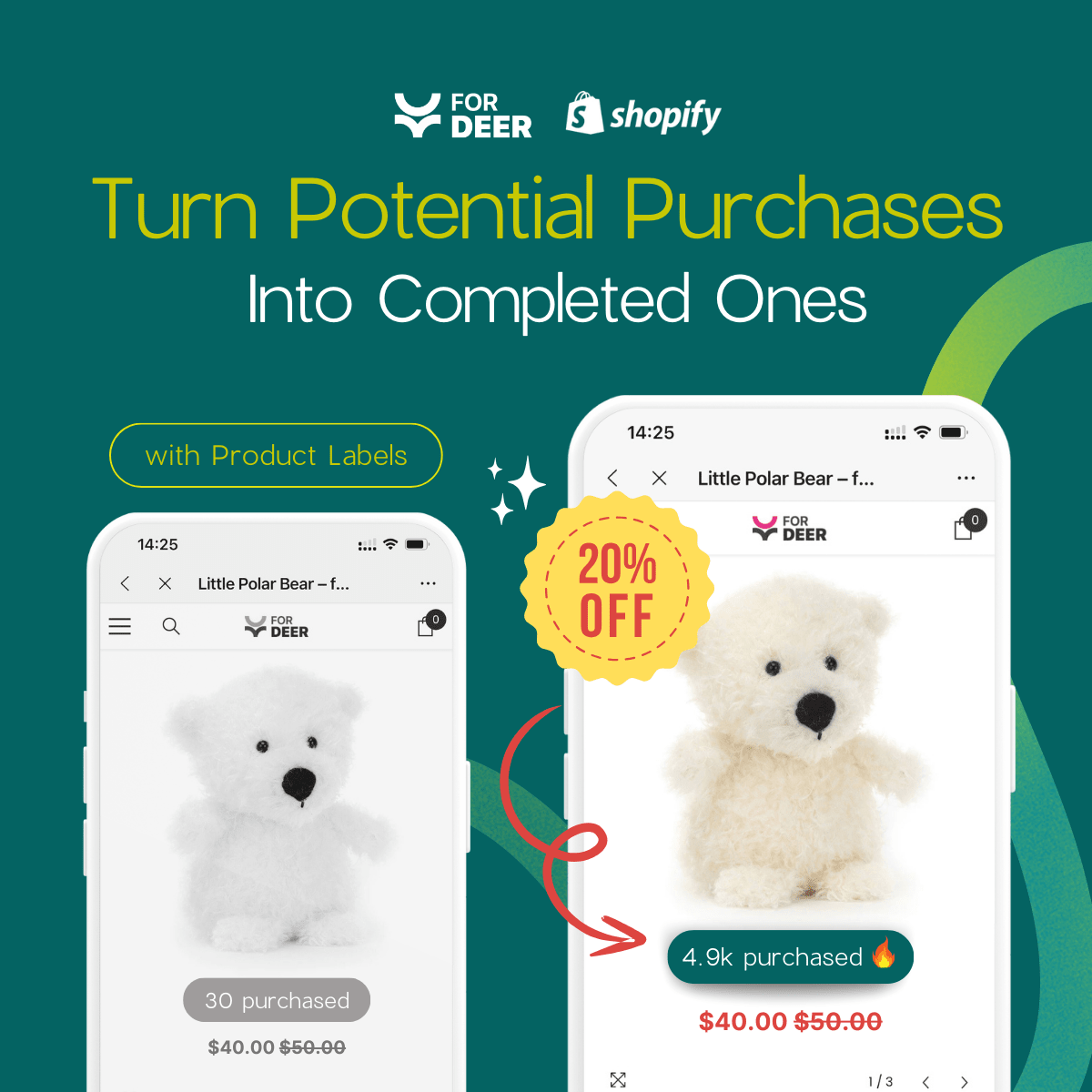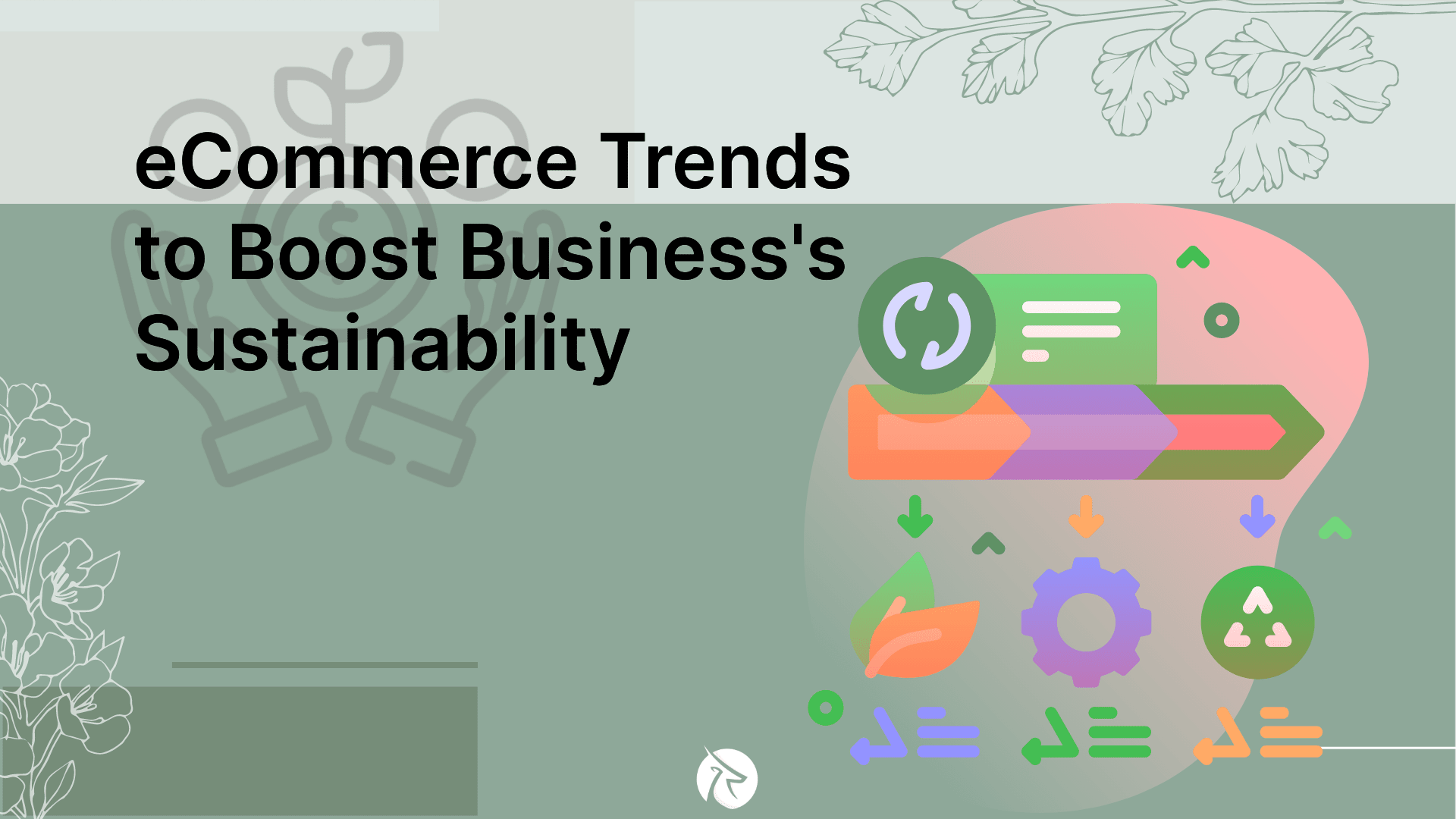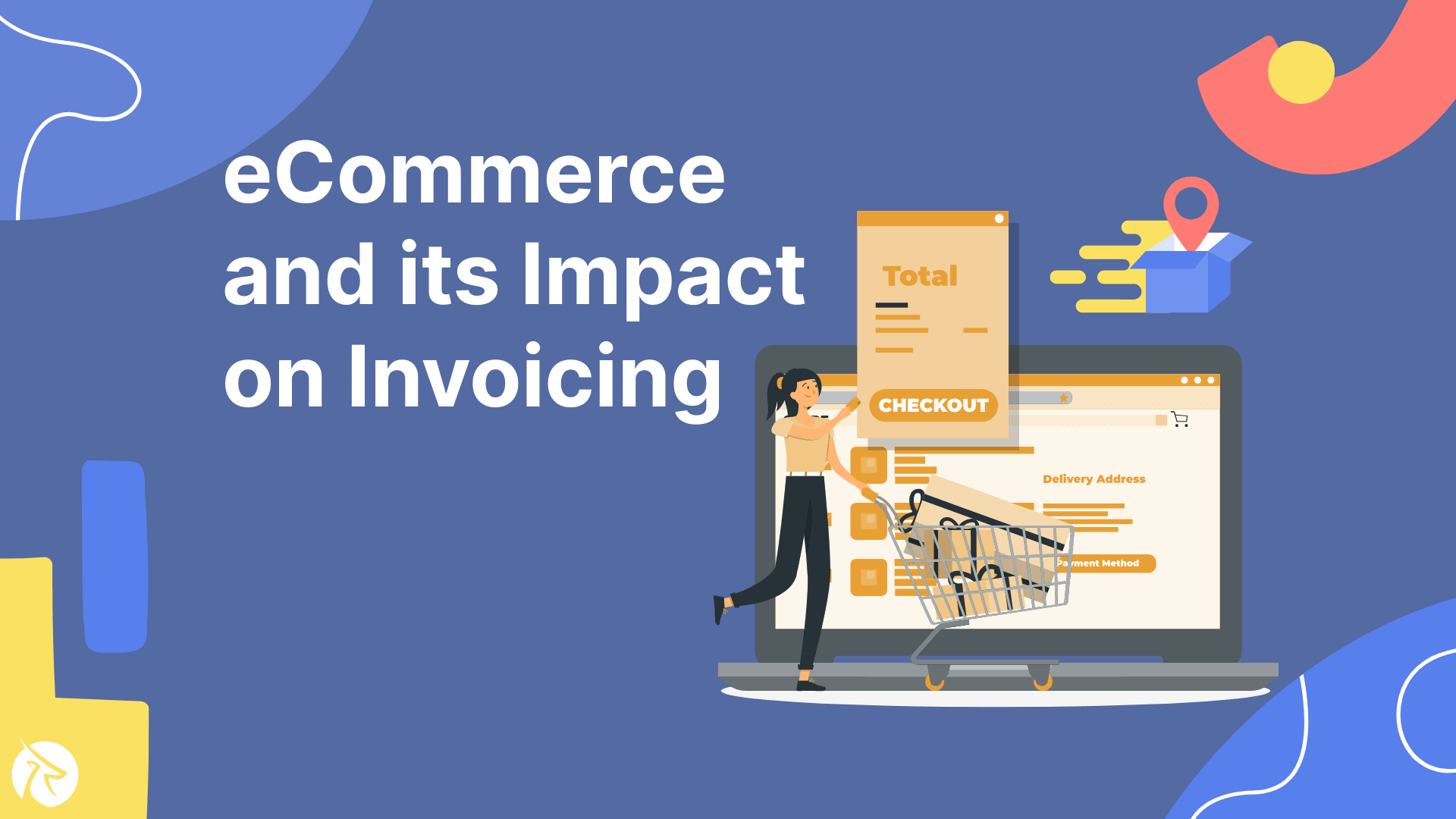The Future Of Fashion Retail - Key Trends
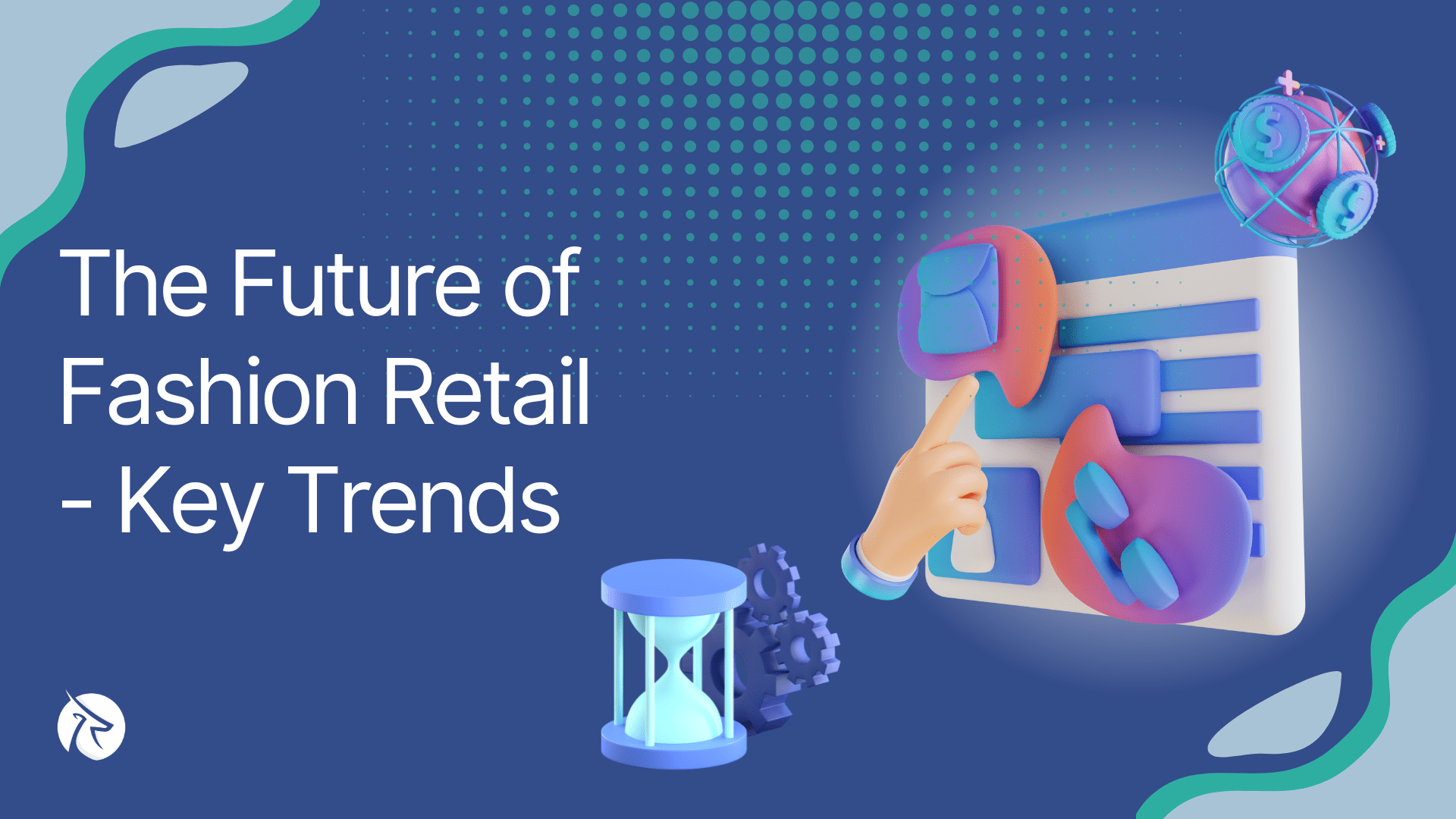
Do you want to unlock the future of fashion retail? You don’t know which are the key trends shaping the industry? Let Fordeer tell you 3 trends in fashion retail from digital experiences to quiet luxury and how these trends will transform the way we shop for clothes.
Overview of the Fashion Retail
The changing landscape of fashion retail
The fashion retail landscape is undergoing a metamorphosis, driven by a confluence of tech advancements, shifting consumer priorities, and the lingering effects of the global pandemic. The rise of social commerce stands as a prominent force, with platforms like Instagram and TikTok morphing into digital shopping malls. Here, brands connect directly with influential figures and consumers, bypassing traditional retail channels.
This demands a strategic shift from retailers, who must prioritize cultivating a strong online presence and churning out engaging content that resonates with their target audience. Gone are the days of static product images – success hinges on crafting interactive experiences, leveraging user-generated content, and fostering a sense of community around the brand.
Secondly, consumer consciousness has undergone a paradigm shift. Sustainability is no longer a niche concern, but a central factor influencing purchasing decisions. The environmental impact of fast fashion, with its mountains of discarded clothing and exploitative labor practices, is under intense scrutiny. This has fueled a surge in the popularity for sustainable brands that prioritize ethical production and eco-friendly materials.
Additionally, the pre-owned clothing market is experiencing a renaissance, with online platforms and thrift stores catering to a growing segment of environmentally conscious and budget-savvy shoppers. Retailers have to adapt to this evolving landscape by incorporating sustainable practices throughout their supply chains and actively promoting their eco-conscious efforts. Transparency is key, as consumers are eager to understand the journey of their clothing from farm to the closet.
Finally, the COVID-19 pandemic acted as a catalyst, accelerating the already burgeoning trend of online shopping. Brick-and-mortar stores, once the cornerstone of fashion retail, are facing a harsh reality. To survive, they must innovate and offer experiences that online retailers cannot replicate.
This might take the form of personalized styling consultations with in-house fashion experts, click-and-collect services for added convenience, or immersive in-store experiences that leverage technology to showcase products in a dynamic way. The future of fashion retail is not a one-dimensional model, but a carefully curated blend of online and offline experiences that cater to the ever-evolving needs and desires of today's fashion-conscious consumer.
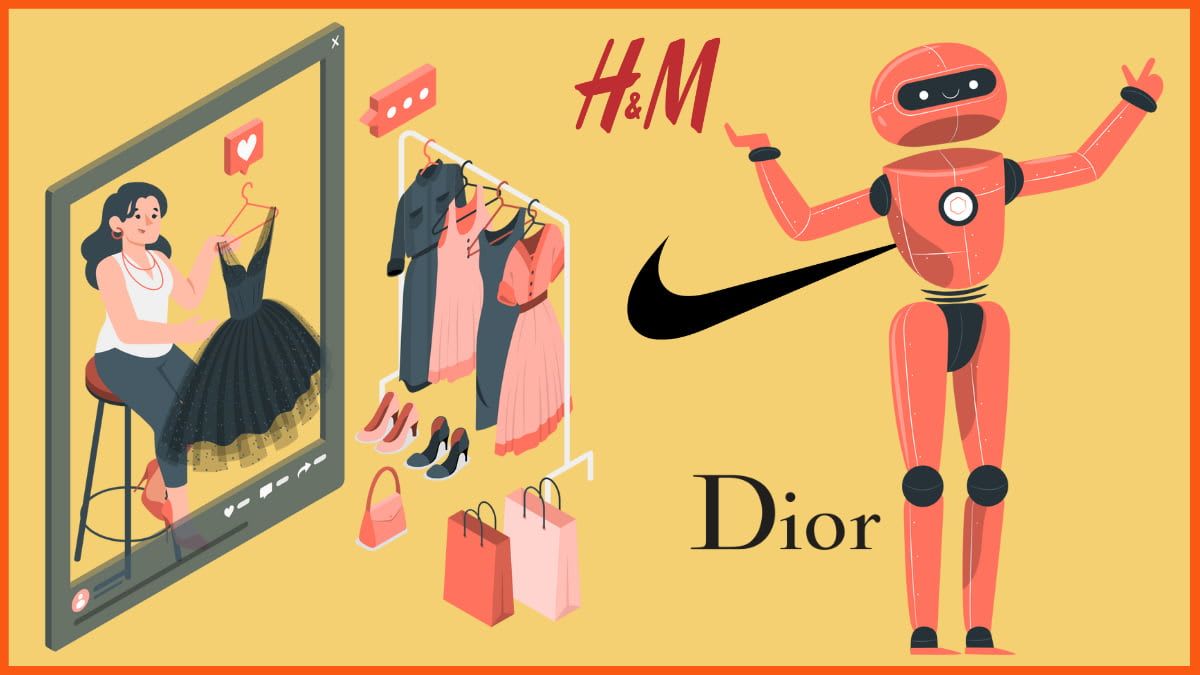
The importance of understanding key trends
staying abreast of key trends is no longer a luxury, but a necessity for survival. Comprehending these trends allows retailers to make informed decisions that resonate with their target audience and ultimately drive sales. One crucial trend is the rise of the conscious consumer. Today's shoppers are increasingly concerned about the environmental and ethical impact of their purchases, demanding transparency in production and seeking out sustainable brands. Retailers who fail to acknowledge this shift and adapt their practices risk alienating a significant portion of the market.
Furthermore, the digital landscape is constantly reshaping the way consumers discover and purchase fashion. The explosion of social media platforms like Instagram and TikTok has blurred the lines between content creation and commerce. Savvy fashion brands are leveraging these platforms to showcase their products directly to consumers, often partnering with influencers to generate buzz and drive sales. Retailers who remain siloed from the digital world miss out on this powerful marketing avenue and struggle to compete.
Understanding these trends goes beyond just reacting to them. By anticipating the next big thing, retailers can gain a competitive edge. For instance, the growing emphasis on personalization allows retailers to tailor their offerings and marketing strategies to individual customer preferences. This can involve using data analytics to recommend products or offering curated collections based on past purchases.
Ultimately, understanding key trends empowers retailers to not just adapt, but to thrive in the ever-changing fashion landscape. By embracing these trends and implementing innovative strategies, retailers can foster deeper customer connections, build brand loyalty, and ensure their continued success in the years to come.
Key Trends Shaping the Fashion Retail Future
Gen Z engagement online and off
The future of fashion retail hinges on effectively engaging Gen Z, a digitally native generation with distinct shopping habits and values. Gen Z is a truly omnichannel generation, shopping wherever best suits them in the moment and without preference as to the vehicle they use to find what they want. They are 56 percent more likely to have shopped for fashion in-store over the last three months and 38 percent more likely to have shopped online in the same timeframe.

Savvy fashion retailers are capitalizing on this by partnering with these micro-influencers and fostering communities around shared values. They're creating shoppable content seamlessly integrated into the browsing experience, blurring the lines between entertainment and shopping.
However, Gen Z craves authenticity and social connection beyond the digital realm. While online is king for discovery, physical stores can act as hubs for community building and experiential marketing. Pop-up shops with interactive elements, workshops focused on customization or sustainability, and events featuring young designers resonate with this generation. The key is to create a space that feels less transactional and more like a shared experience, fostering brand loyalty and advocacy.
Ultimately, success lies in a seamless omnichannel approach. Gen Z expects a smooth transition between online browsing and in-store experiences. Click-and-collect services and robust loyalty programs that connect online and offline interactions are crucial. By understanding Gen Z's online dominance and their desire for connection and purpose, fashion retailers can craft a future that caters to their unique needs and values.
Technologies like AR and virtual shopping experiences
The future of fashion retail is being revolutionized by the immersive power of Augmented Reality (AR) and virtual shopping experiences. This technology duo is reshaping the way consumers discover, try on, and purchase clothes, offering a plethora of benefits for both retailers and shoppers.
For retailers, AR and virtual shopping experiences bridge the gap between the convenience of online shopping and the tactile experience of physical stores. AR apps allow customers to virtually try on clothes in their own homes, using their smartphone cameras to superimpose digital garments onto their bodies. This eliminates the need for size guessing or multiple returns, leading to increased customer satisfaction and reduced costs for retailers.
Virtual shopping experiences take this a step further by creating fully immersive environments. Imagine stepping into a virtual dressing room, browsing racks of clothes, and receiving styling advice from a virtual avatar. These experiences not only enhance convenience but also cater to a more personalized shopping journey.
AI-powered virtual stylists can analyze a customer's body type, preferences, and past purchases to recommend outfits tailored to their unique style. Additionally, AR mirrors in physical stores can offer similar virtual try-on experiences, allowing customers to experiment with different looks without physically changing clothes. With 62% of shoppers who have used clothes virtual try on stating that it encouraged them to make a purchase, the technology could finally bridge the gap between online and in-store conversion rates.
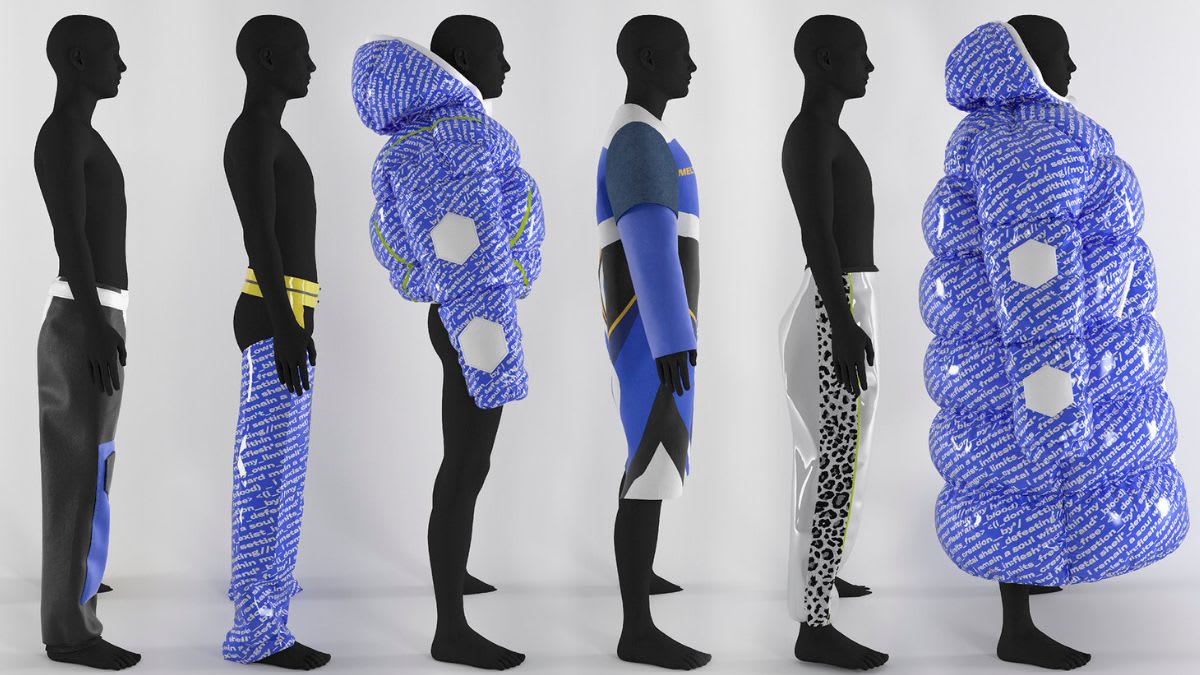
This tech-driven approach isn't just about convenience; it's also a key driver of sustainability. By reducing the need for physical samples and multiple returns, AR and virtual shopping experiences minimize the fashion industry's environmental footprint. Furthermore, these technologies can be leveraged to educate consumers about sustainable clothing options and ethical manufacturing practices.
Millennials and Quiet Luxury
Millennials, the generation born between roughly 1981 and 1996, are now entering their prime earning years and are a powerful force shaping the fashion retail landscape. Unlike previous generations, millennials prioritize experiences over excessive materialism. A recent study found that 44% of millennials prefer shopping online to in-store. And it’s not just about convenience–millennials value experiences and seek out brands that align with their values.
This has led to a growing trend of "quiet luxury" – a move away from flashy logos and brand worship towards timeless, high-quality pieces that reflect personal style and values. Millennials are willing to invest in well-made, durable garments that will last for years, prioritizing craftsmanship and ethical production over fleeting trends.
This shift in consumer behavior presents both challenges and opportunities for fashion retailers. Catering to the "quiet luxury" market requires a focus on quality materials, timeless design, and transparency throughout the supply chain. Millennials are highly conscious of the environmental and social impact of fashion, and they are drawn to brands that prioritize sustainability and fair labor practices. Retailers can win over this demographic by showcasing their commitment to ethical production and using storytelling to connect with consumers on an emotional level.
Social media also plays a crucial role in this trend. Millennials are digitally native and heavily influenced by online content. Partnering with micro-influencers who align with the brand's values and avoiding inauthentic marketing tactics are key to reaching this audience. By creating a genuine online community that celebrates individuality and values over conspicuous consumption, retailers can build lasting relationships with millennial shoppers.
Ultimately, the rise of quiet luxury presents an exciting opportunity for fashion retailers to move away from the fast-fashion model and embrace a more sustainable and customer-centric future.
And if you are looking for an app that can help you build long-term relationships with customers, especially with the Millennial generation - the generation that loves coupons, try our app - Fordeer: Sales Pop Up ‑ Popups. It will allow you to design discount Popups, promotions, or loyalty programs.
Conclusion
The future of fashion retail is all about embracing change. Consumers are demanding sustainable practices, a seamless digital experience, and engaging shopping journeys. Businesses that can adapt to these trends by offering eco-friendly clothing, utilizing innovative technologies, and creating a fun and interactive shopping environment will be the ones to thrive in the years to come.
For more invaluable information, stay updated with Fordeer Team!
- Install Fordeer Apps for Free
- Get immediate assistance by chatting with us.
- Join Fordeer Commerce Community for fresh app updates, expert tips, and private deals.



